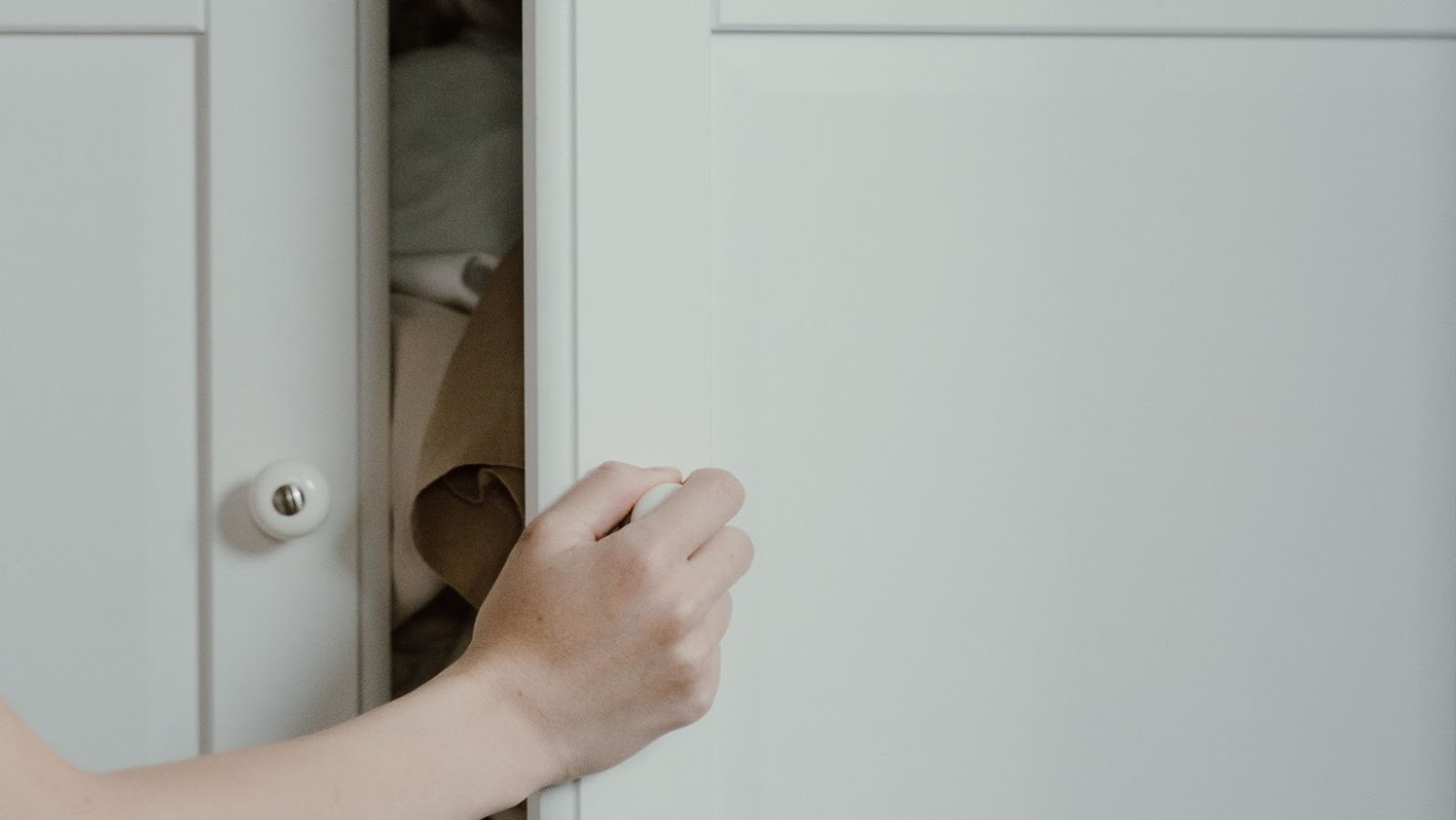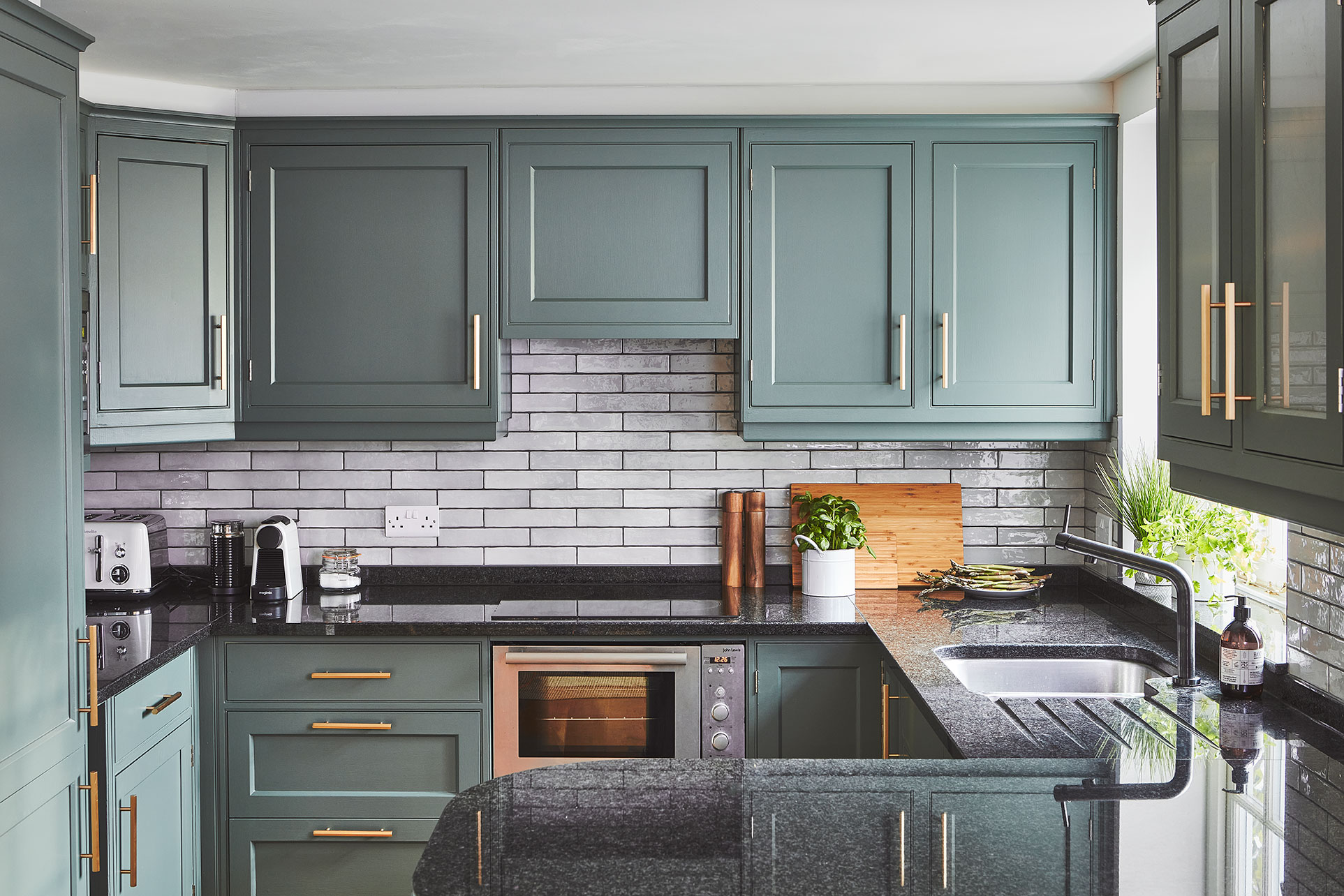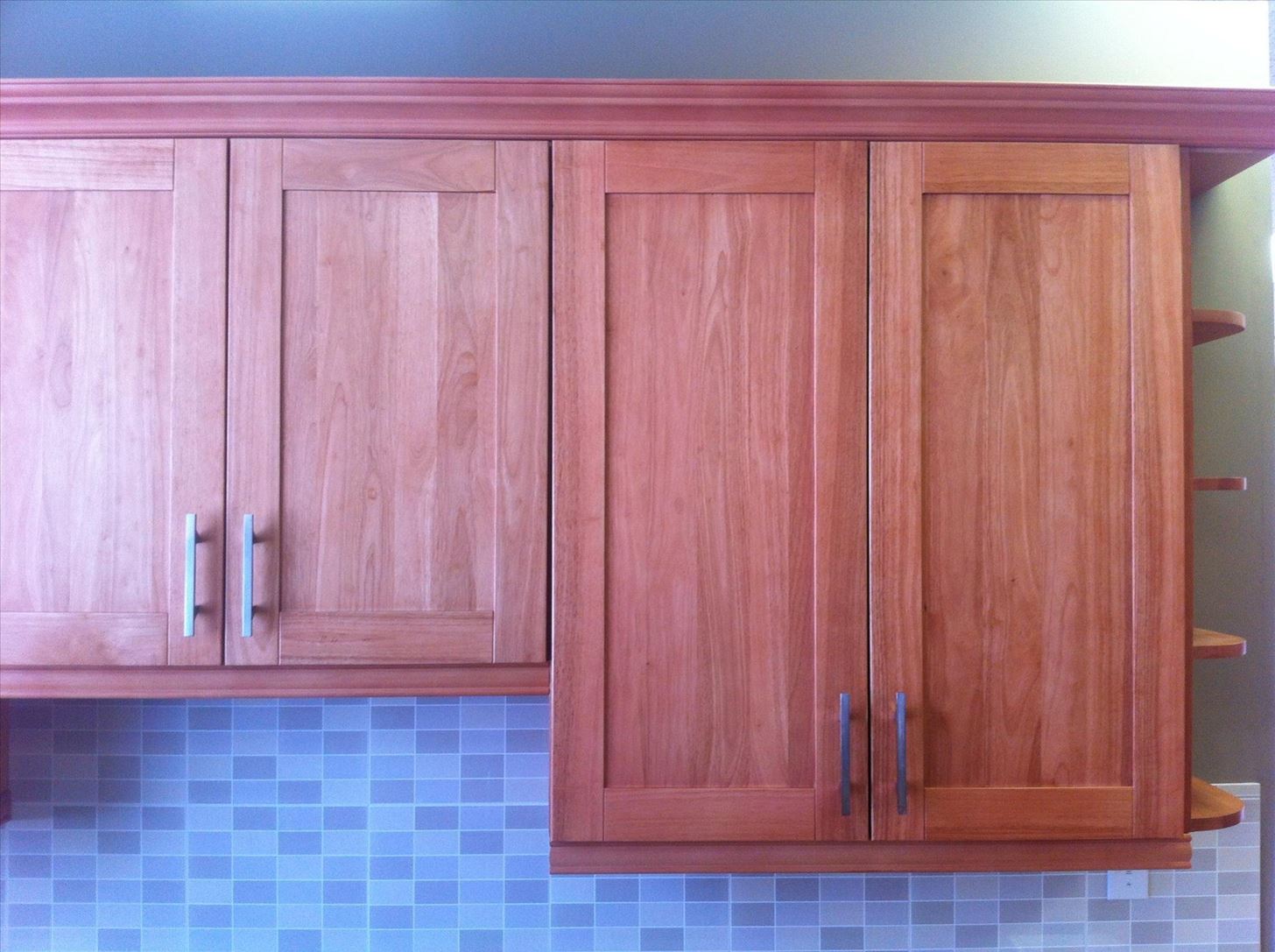Identifying the Cause of Misaligned Cabinet Doors: Cabinet Doors Don T Line Up

So, your beautiful new (or not-so-new) cabinets are slightly…off. Those perfectly crafted doors are refusing to play nice, leaving frustrating gaps and uneven lines. Don’t despair! Misaligned cabinet doors are a common problem, often stemming from easily fixable issues. Let’s dive into the detective work needed to pinpoint the culprit and get those doors back in line.
Common Causes of Misaligned Cabinet Doors
Several factors can contribute to cabinet door misalignment. The most frequent offenders are loose or damaged hinges, a warped cabinet frame, or simply doors that weren’t initially installed perfectly. Sometimes, even settling of the house can cause slight shifts that affect door alignment. Understanding these potential causes is the first step toward a solution.
Inspecting Hinges for Looseness or Damage
Before tackling any adjustments, a thorough hinge inspection is crucial. Start by gently opening and closing each cabinet door, paying close attention to any unusual movement or sounds. Loose screws are a primary suspect; they can lead to sagging doors and misalignment. Carefully examine each hinge for any signs of damage, such as bent plates or stripped screw holes. If you find loose screws, tighten them using a screwdriver of the appropriate size. For stripped screw holes, you may need to use wood glue and toothpicks to fill them before reinstalling the screws. Severely damaged hinges will need to be replaced.
Inspecting the Cabinet Frame for Warping or Imperfections
Next, shift your focus to the cabinet frame itself. Warping or imperfections in the frame can pull the doors out of alignment. Use a level to check if the frame is perfectly square and plumb. Look for any bulges, dents, or other irregularities that might be affecting the door alignment. Significant warping may require professional intervention, but minor imperfections might be addressed by carefully adjusting the hinges.
Measuring Gaps Between Doors and Frame
To accurately assess the misalignment, measure the gaps between the doors and the cabinet frame. Use a ruler or measuring tape to measure the gaps at the top, bottom, and sides of each door. Record your measurements to identify any inconsistencies. Consistent gaps indicate a well-aligned door, while significant variations point to a problem that needs addressing. For example, a larger gap on one side than the other suggests a hinge adjustment is needed.
Adjusting Cabinet Hinges to Correct Misalignment
Now for the hands-on part! Most cabinet hinges offer adjustment screws to fine-tune the door’s position. The following table Artikels a step-by-step guide to making these adjustments:
| Step | Tool | Adjustment | Troubleshooting |
|---|---|---|---|
| 1. Identify the Problem Area | Measuring Tape | Measure gaps to determine which hinge needs adjustment. | If multiple areas are misaligned, address one at a time. |
| 2. Loosen Hinge Screws | Screwdriver | Slightly loosen the screws holding the hinge to the door and cabinet. | Don’t remove the screws completely; just loosen them enough for adjustment. |
| 3. Adjust Hinge Screws | Screwdriver | Use the adjustment screws on the hinge to move the door up/down, in/out, or side-to-side. Consult your hinge’s instructions for specific adjustments. | Make small adjustments and test frequently to avoid over-correction. |
| 4. Tighten Hinge Screws | Screwdriver | Once the door is aligned, tighten all hinge screws securely. | Ensure screws are tightened evenly to avoid further misalignment. |
Addressing Different Types of Misalignment

Cabinet door misalignment is a common frustration, but with a systematic approach, it’s often a solvable problem. The key is identifying the specific type of misalignment before attempting a fix. This will save you time and prevent accidental damage. Let’s explore the various types of misalignment and how to tackle them.
Addressing Vertical Misalignment (Doors Too High or Too Low)
A door that’s too high or too low usually indicates a problem with the hinge adjustment. The hinges themselves are designed with screws that allow for vertical movement. If the door is too high, you’ll need to carefully lower it by adjusting the screws on the hinges. Conversely, if the door is too low, you’ll raise it using the same hinge screws. Remember to adjust the screws incrementally, testing the door’s position after each small adjustment to avoid over-correction. A small flathead screwdriver is your best friend here. Always support the door while making adjustments to prevent it from dropping unexpectedly.
Addressing Horizontal Misalignment (Uneven Doors), Cabinet doors don t line up
Uneven doors, where one side is higher or lower than the other, usually point to an issue with the hinge alignment or the cabinet frame itself. First, check the hinges themselves; are they all sitting flush against the cabinet and door? If not, gently tighten the screws to ensure a secure fit. If the problem persists, you might need to adjust the screws on the hinges to fine-tune the door’s position. If the hinges are perfectly aligned and the problem remains, there might be a warp in the cabinet frame itself, requiring a more advanced solution, possibly involving shims or even refitting the frame.
Addressing Sticking or Binding Doors
A door that sticks or binds is often caused by friction between the door and the cabinet frame. This friction can result from swelling due to humidity, paint buildup, or simply a poorly fitted door. First, check for any obstructions – paint buildup, dust, or even a small piece of debris – that might be causing the friction. Carefully remove any obstructions using a putty knife or fine sandpaper. If the problem persists, you might need to slightly plane down the edges of the door or the frame using fine-grit sandpaper to reduce friction. Always sand gently and evenly to avoid creating more problems. In some cases, applying a lubricant like paraffin wax to the hinges can help alleviate the sticking.
Adjusting the Cabinet Door Itself
Sometimes, even with perfectly aligned hinges, a cabinet door might still be misaligned. This could be due to a warped door. In such cases, carefully examine the door for warping or damage. If the warping is minor, you might be able to carefully adjust it by applying gentle pressure, but this is a delicate process. If the door is significantly warped, replacement might be the only viable option.
Troubleshooting Flowchart
Imagine a flowchart:
Start -> Is the door too high/low? -> Yes: Adjust hinge screws vertically. No -> Is the door uneven? -> Yes: Check hinge alignment, adjust screws horizontally or check for frame warp. No -> Is the door sticking/binding? -> Yes: Check for obstructions, sand edges, lubricate hinges. No -> Is the door warped? -> Yes: Attempt gentle adjustment or replace. No -> Problem Solved.
Visual Aid Examples
Visual Aid 1: Vertical Misalignment. Imagine a diagram showing a cabinet door visibly higher on one side than the other. Arrows would point to the hinge screws, indicating the direction to turn them to lower the high side. The text would read: “Adjust hinge screws downwards on the high side to lower the door.”
Visual Aid 2: Horizontal Misalignment. Picture a cabinet door where one edge is further from the cabinet than the other. Arrows would show adjustments to the hinge screws, indicating how to move the door edge closer to the cabinet. The text would read: “Adjust hinge screws to bring the misaligned edge closer to the cabinet.”
Visual Aid 3: Sticking Door. The diagram would illustrate a door visibly rubbing against the cabinet frame. A section of the frame and door edge would be highlighted, indicating where sanding or planing might be necessary. The text would read: “Sand or plane down the rubbing areas to reduce friction.”
Advanced Troubleshooting and Solutions

So, you’ve tackled the simple fixes, but your cabinet doors are still stubbornly refusing to cooperate? Don’t despair! Many complex alignment issues stem from underlying problems with the cabinet itself, not just the hinges or doors. Let’s delve into some advanced techniques to get those doors perfectly aligned.
Cabinet doors don t line up – Addressing more complex misalignments requires a more systematic approach and, in some cases, specialized tools. We’ll cover strategies for dealing with warped frames, improperly installed cabinets, and other challenging scenarios. Remember, patience and precision are key to success.
Professional Tools for Complex Repairs
For serious alignment issues, having the right tools can make all the difference. These aren’t necessarily tools you’ll need for every repair, but they’re invaluable when dealing with stubborn problems.
- Precision Level: Essential for ensuring your cabinet frames are perfectly level before attempting any adjustments.
- Magnetic Stud Finder: Helps locate studs in the wall for secure attachment of cabinets, preventing future misalignment due to instability.
- Various Shims (wood, plastic, metal): Different materials offer varying degrees of thickness and rigidity, crucial for fine-tuning alignment.
- Screwdrivers (various sizes and types): Having the right screwdriver for your cabinet hardware is crucial to avoid stripping screws.
- Clamps: Helpful for holding parts in place while you work, especially when adjusting hinges or shimming.
- Wood Filler and Putty: For filling minor gaps or imperfections in the cabinet frame.
- Cabinet Door Alignment Tool (optional): Specialized tools are available to assist in precise hinge adjustments.
Correcting Misalignments with Shims
Shims are thin pieces of material used to fill gaps and create a level surface. They are incredibly useful for correcting minor misalignments. For example, if a cabinet door is slightly too high on one side, you can insert a shim between the hinge and the cabinet frame to raise the door’s hinge point, thus aligning the door.
Start by carefully measuring the gap. Select a shim of appropriate thickness. Insert the shim between the hinge and the cabinet frame, ensuring it’s positioned securely. Then, re-tighten the hinge screws. Test the alignment and repeat as necessary, adding or removing shims until the door is perfectly aligned. Different materials offer varying degrees of flexibility and stability, so choose the right shim for the job. Wood shims are commonly used for their rigidity, while plastic shims are often preferred for their ease of use and clean look.
Comparison of Cabinet Hinge Types
The type of hinge you use can significantly impact your ability to correct alignment issues. Different hinges offer different adjustment capabilities.
| Hinge Type | Pros | Cons | Best Use Case |
|---|---|---|---|
| Full Overlay Hinge | Concealed, clean look, widely available | Can be more challenging to adjust than other types | Standard cabinets where aesthetics are a priority |
| Half Overlay Hinge | Good adjustability, relatively easy to install | Frame of cabinet is visible | Situations where adjustability is key, or a more traditional look is desired. |
| Inset Hinge | Clean, flush look; ideal for frameless cabinets | Requires precise installation, less forgiving of misalignment | Frameless cabinets or where a very precise, flush fit is required. |
| European Hinge | Excellent adjustability in three dimensions (height, depth, side-to-side) | Can be more expensive than other types | Complex alignment issues, or when precise adjustments are crucial. |
